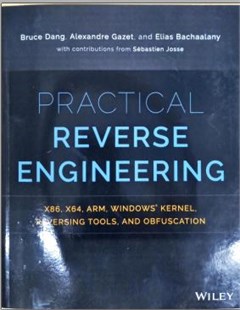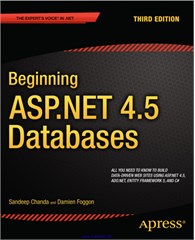Practical reverse engineering: x86, x64, ARM, Windows Kernel, reversing tools, and obfuscation
Practical Reverse Engineering goes under the hood of reverse engineering for security analysts, security engineers, and system programmers, so they can learn how to use these same processes to stop hackers in their tracks.
2014
Practical Reverse Engineering goes under the hood of reverse engineering for security analysts, security engineers, and system programmers, so they can learn how to use these same processes to stop hackers in their tracks. Practical Reverse Engineering: Using x86, x64, ARM, Windows Kernel, and Reversing Tools provides crucial, up-to-date guidance for a broad range of IT professionals.
The book covers x86, x64, and ARM (the first book to cover all three); Windows kernel-mode code rootkits and drivers; virtual machine protection techniques; and much more. Best of all, it offers a systematic approach to the material, with plenty of hands-on exercises and real-world examples. Offers a systematic approach to understanding reverse engineering, with hands-on exercises and real-world examples. Covers x86, x64, and advanced RISC machine (ARM) architectures as well as deobfuscation and virtual machine protection techniques. Provides special coverage of Windows kernel-mode code (rootkits/drivers), a topic not often covered elsewhere, and explains how to analyze drivers step by step. Demystifies topics that have a steep learning curve. Includes a bonus chapter on reverse engineering tools.
Dang, Bruce. Practical reverse engineering: x86, x64, ARM, Windows Kernel, reversing tools, and obfuscation. John Wiley & Sons, 2014.
Bộ sưu tập Lĩnh vực Công nghệ Thông tin
 |  |  |
Practical reverse engineering: x86, x64, ARM, Windows Kernel, reversing tools, and obfuscation |
Thứ Sáu, 10:09 25/11/2022
Copyright © 2018 Hanoi University of Industry.